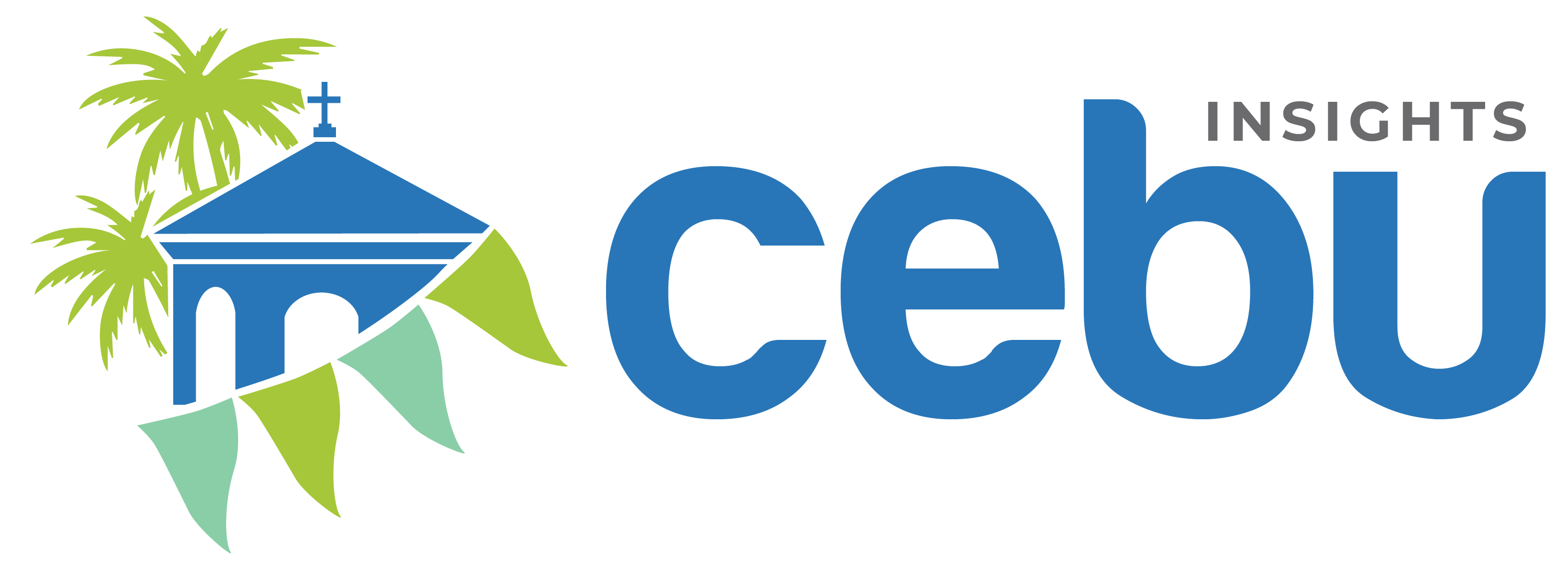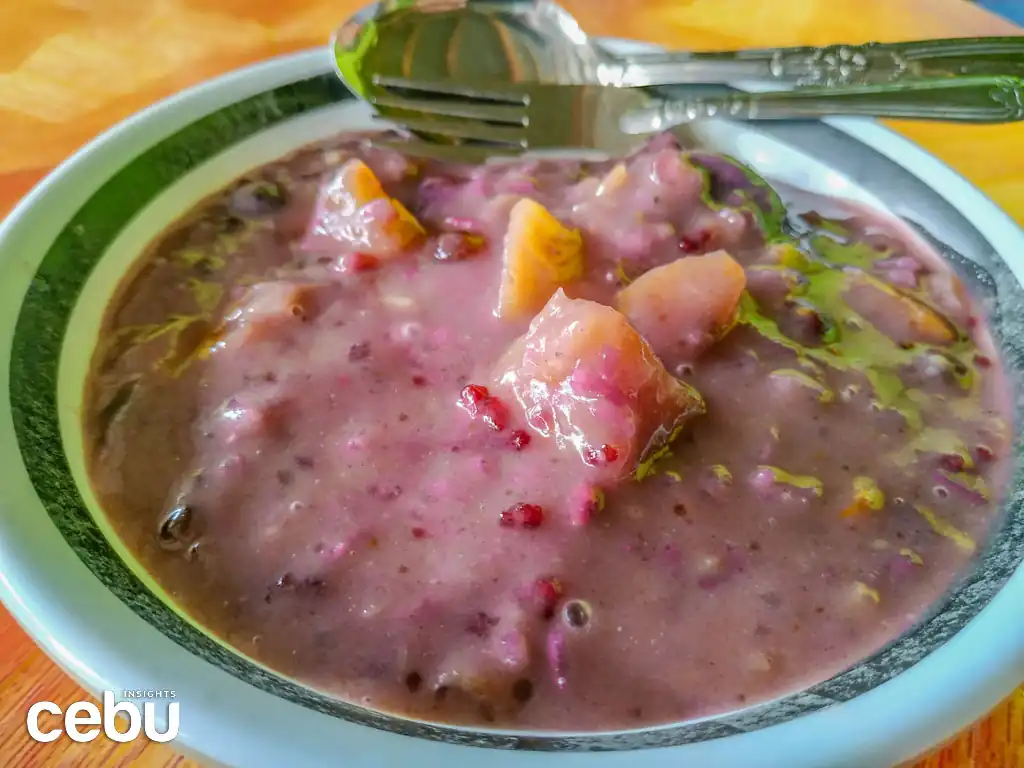Which Filipino dishes do you think scream Cebuano?
Of all the scrumptious Filipino dishes in the Philippines, which ones scream Cebuano?
The Queen City of the South is a haven for Filipino restaurants, but it may be difficult to distinguish which dish or delicacy is originally from Cebu.
The island is one of the oldest settlements in the country and was the birthplace of Catholicism in the Philippines in the 1500s. Even then, Cebuanos were highly regarded for their tasty dishes and world-class hospitality.
Recipes from the past were passed on from previous generations and are still being followed and practiced today. Even when Cebu turned into a highly urbanized area, many places continue to serve this food that have become iconic images of their respective towns.
Here is a short list of Cebuano dishes that make for a worthwhile Filipino food crawl. Whether you’re a first time traveler or you plan to settle down in Cebu, you should definitely try these at least once throughout your stay.
LECHON
You have probably read over a hundred blogs about Cebu recommending Lechon. Many have agreed that it is not only the best suckling pig in the world, but also the best piece of meat they have ever eaten.
There are many places outside of Cebu serving Lechon, but none of them come close. The island has had a commanding lead in the best version of Lechon around the country, with its meticulous preparation, flavorful ingredients, and delicious specialty sauce.
There are a ton of debates as to where the best Lechon in Cebu is. Talisay is known for its flavorful meat, while Carcar has special seasonings that give it a one-of-a-kind taste.
No matter where you get it from, though, it is irresistible and a must-try in the Cebuano culinary industry.
SUTUKIL

Sutukil is a special way of cooking seafood, which is derived from the three most popular cooking methods on the island. This centuries-old custom has spawned a dozen famous seafood restaurants.
The name is an abbreviation of Sugba (to grill), Tola (to make into a soup), and Kilaw (to marinate in vinegar), thus Su-Tu-Kil. Chefs typically take a whole fish, cook it three ways, and serve it to customers as a large feast.
Some of Cebu’s most famous dishes were created using these three cooking methods, which include Tuna Panga (jawline), Tinolang Isda, and Kinilaw.
Some of the best places to try Sutukil in Cebu are Mactan Island, Paolito’s, Parr’t Ebelle Tinola, and KKD STK.
TORTA
In the southern Cebu town of Argao, a locally-made sweet treat grew to become a cultural icon, inspiring the municipality’s local fiesta. It is also one of their most famous products.
Torta is a dessert made from traditional methods, famous for its crumbly exterior and sweet flavor. Its main ingredient is tuba, a local alcoholic drink extracted from the sap of a coconut tree.
Tuba gives the cake a sweet taste, with a dash of coconut flavor. There are also variations of the cake, with different toppings like grated cheese and coconut shavings.
Each household in Argao may have its own recipes passed on from generation to generation, and many are sold at their own houses to this day.
ROSQUILLOS
On the other side of the map is Liloan, which has another sweet treat with an equally iconic reputation in its respective town. What first started as a snack sold for free became the bestseller of one of the island’s most popular bakeries.
Rosquillos was first served as a snack accompanied by every purchase of soda from Margarita “Titay” Frasco’s store in Liloan. These treats were so famous they garnered a large following because of their taste and peculiar shape.
Titay’s, a nod to the biscuit’s creator, was soon opened in 1907, serving these delicious treats along with other specialty bread and pastries.
The store has become a famous stopover for tourists and families visiting Northern Cebu. Today, it has a cafe that serves coffee and donuts alongside its many local pastries.
TUSLOB BUWA
If you’re looking for something more exotic, don’t miss out on what is known as Cebu’s brain gravy, Tuslob Buwa. This particular dish has a savory flavor and is fun to share with a group.
Tuslob Buwa is primarily sold in street cafeterias within the city, consisting of the dipping of Puso (hanging rice) in a bubbly, flavorful sauce made from some peculiar ingredients.
The sauce is made from pig brain, mixed in with some seasoning and soy sauce. Customers cook this sauce at their table using a butane stove and a wok.
If you want to experience an authentic Tuslob Buwa in Cebu, street cafeterias in Barangay Pasil still sell this exotic street food. However, establishments like Azul, Big Brain, and several food parks have brought this dish closer to the masses.
GINABOT
Ginabot is another famous Cebuano exotic dish that is considered a budget-friendly meal and hangover cure.
The dish is made out of deep-fried pork intestines, and similar to Tuslob Buwa, is commonly eaten with other people. Customers pick from a large Tupperware of Ginabot and other fried dishes to eat at street-side pungko-pungko stalls.
This is served with puso and a special sauce filled with onions and vinegar. Best paired with a bottle of soda, it is exceptionally affordable and has been a go-to budget meal among students and employees alike.
If you like walking around Cebu, you may see several stalls offering this particular dish. One of the most famous, however, is the Pungko-Pungko sa Fuente located close to the Fuente Osmeña Circle.
BINIGNIT
Holy Week is a famous religious holiday that Filipinos observe every year. One of its most storied traditions is the abstinence from meat products, so dishes made from fruits and vegetables become more common.
Arguably the most famous Cebuano dish at this time is Binignit, a purple vegetable stew filled with many different ingredients.
Binignit is commonly served in households, but some carenderias may serve this during Holy Week. Each household has its own special recipe made from fresh ingredients bought from Cebu’s biggest markets.
This can go as a snack or dessert, and you can heat it up any time of the day. Holy Week usually occurs in April, and you are sure to find vendors selling this tasty dish during this time.
Aside from the aforementioned dishes on this list, there are many more delicacies where you can fully immerse yourself in Cebuano food culture. You can always ask the locals, watch videos, or do your own research on some of the most famous food recipes in Filipino cuisine.
Each dish has its own distinctive qualities such as taste, ingredients, and history. This may not have the biggest impact worldwide, but it definitely tells you a lot about the culture of Cebuanos over the years.
If you plan on visiting Cebu, search for these dishes in restaurants, cafeterias, shopping malls, or the actual places they are made in. It could open your eyes to a bottomless world of food that you will want to experience over and over again.












